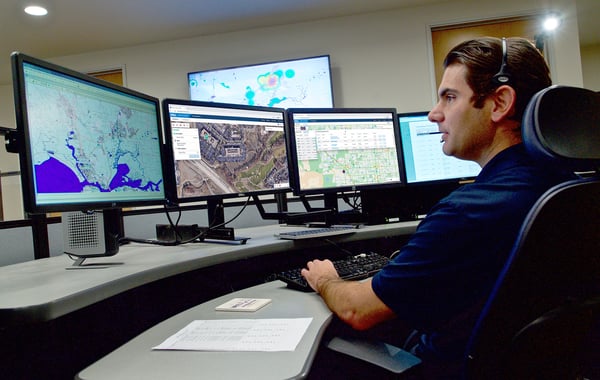Your Agency Isn’t Getting Paid: Here’s What You Can Do
Hospital Patient Transfers with Optional Protocols!
Patient Transfers are business
Was this information valuable?

Patient Transfers are business. Serious business for all patients involved; transferring hospitals, transport service, agent and – the patient. They hold the balance to patient care, place and time plus the business side of healthcare. If a patient transfer is initiated and the ED/ EMS staff are unable to follow protocols it could result in not only the breaking of federal law, but also impact outcomes and costs. “Inter-hospital transfers can have negative financial (operational, and liability) implications for the patient, transferring and accepting facilities, and the health care system” (Academic Emergency Medicine: Inter-hospital Transfers from U.S. Emergency Departments; 2013). This article will explain:
- EMTALA and how it will affect your transfer process
- The different types of transfers
- How transfer process and workflow can be made simpler, with less risk, using digital protocols.
In 2017, the United States saw 1,391,712 hospital transfers. Faster approved transfers lead to much better outcomes and more lives saved. Transfers can be necessitated by a multitude of reasons which include overcrowding, limited resources, lack of expertise, proper equipment for a specific treatment specializations, and more. A transfer can happen both during initial transport to the hospital or during the patient hospital stay. There are times where an incoming EMS call is immediately deemed transfer necessary, referred to as a diversion. Other times, a patient could be stabilized in the emergency room or during their hospital stay and require a treatment which is better suited for another hospital. Once the need for transfer is confirmed there are certain liabilities and protocols that must be followed.
E M T A L A, the federal law, requires the patient transferred from one hospital to another to be first stabilized and treated. This can include forms that must be completed, pre-transfer stabilization and preparation, as well as communication between the EDs, the transporting staff and transfer centers. EMTALA includes its’ own steps that must be followed during a transfer.

Transfer centers were established in an attempt to better manage the process. The simple fact is, their communication technologies do not allow team collaboration.
How can a configurable mobile telemedicine app help?
During a transfer, timing is one of the most crucial components to ensure effective patient treatment. Having inflexible protocols potentially restrict the ease of transferring a patient when needed. Every hospital, EMS and healthcare environment operate differently and have different needs, which is why a canned set of protocols will not work for everyone. - This is where a configurable mobile telemedicine solution comes in. Whether it’s an intra-hospital, inter-hospital or EMS transfer, a good mobile telemedicine will give you the capabilities you need to ensure the patients best interests. Proper Documentation is a result of a proper MT app and can be used for audit purposes for workflow improvement and investigating the flaws in the patient transfer.
About GD (General Devices)
GD enables smarter patient care by empowering hospitals, EMS, community healthcare, and public safety with the most comprehensive, interactive, configurable, affordable, and integrated FDA listed medical communications and mobile telemedicine solution. The benefits of which are enhanced workflows, minimized risk, reduced costs and improved patient outcomes.
Related Posts
Meet the New ZOLL Dispatch and ZOLL Respond CAD Solution
Providers Can Even the Playing Field During Open Negotiations – Here’s How
ZOLL Pulse Blog
Subscribe to our blog and receive quality content that makes your job as an EMS & fire, hospital, or AR professional easier.
ZOLL Pulse Blog
Subscribe to our blog and receive quality content that makes your job as an EMS, fire, hospital, or AR professional easier.




